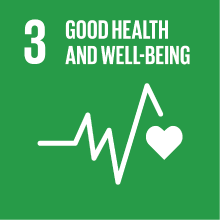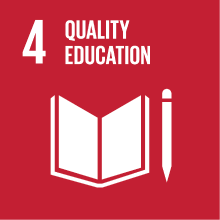VENICE AND ITS ENVIRONMENT IN THE ANCIENT WORLD
- Academic year
- 2020/2021 Syllabus of previous years
- Official course title
- VENICE AND ITS ENVIRONMENT IN THE ANCIENT WORLD
- Course code
- LMH220 (AF:339458 AR:180482)
- Teaching language
- English
- Modality
- On campus classes
- ECTS credits
- 6
- Degree level
- Master's Degree Programme (DM270)
- Academic Discipline
- L-ANT/03
- Period
- 4th Term
- Course year
- 1
- Where
- VENEZIA
- Moodle
- Go to Moodle page
Contribution of the course to the overall degree programme goals
Expected learning outcomes
1) examine interdisciplinary sources and handle factual information
2) develop a critical approach to historical issues by understanding cause and effect relationships
3) interpret scientific literature
4) communicate complex topics by using a scientific vocabulary
Students will also learn an historical outline of the Venice region from about 1,000 BCE to 1,000 CE.
Pre-requirements
Contents
While the natural resources of the brackish shallow waters and muddy sandbars of the Venetian lagoon have been known and deployed by humans at least since the first millennium BCE, Venice can be considered the most important Italian city, whose urban development did not occur on top of an ancient Roman settlement. Once the city began to flourish in the early Middle Ages, local statesmen and intellectuals supported the idea that their homeland grew from the ashes of the Roman Empire, thus fostering the narrative of Venice's everlasting political independence from any other form of government. The fiction of a geographic and political distance from the ancient world was incongruously paralleled by the massive physical presence of objects dating to the Roman times, including both artworks and plain building materials, which could be spotted all over the city and the surrounding islands, and are still visible today.
This course will explore the shifting relationship of Venice with the ancient Roman world through a double methodological lens. On the one hand, it will focus on the Greek and Roman primary documents (literary texts, inscriptions, archaeological data and visual sources), which help us reconstruct the history of the Venetian region from the first millennium BCE to late antiquity, the time when the alleged birth of Venice took place. On the other hand, it will investigate how classical antiquities were approached, chased, studied, exhibited, used, and re-used following the rise of Venice from local to Mediterranean power. This will be done through outdoor classes that will take place in different locations in and around Venice (museums, churches, public spaces), in order to get a real experience of the presence of antiquities in the city and in the nearby lagoon.
Referral texts
Student presentations will be based on readings from: Horden, Peregrine; Purcell, Nicholas (2000). The Corrupting Sea. A Study of Mediterranean History. Oxford.
Assessment methods
This part of the grading will be evaluated based on individual engagement, willingness to answer questions, and attention and response to classmates. Classroom sessions and fieldtrips are likewise important and interaction with the instructor and with the other course participants is highly recommended. Students who are reluctant to speak up, please talk to the instructor and the TA. Students are expected to behave properly in class: eating and drinking are not allowed, if not during breaks. Laptops, tablets and cell phones are welcome in class, but not for social media. Pen, paper and plain human intelligence are equally encouraged.
Readings and individual presentations: 20%
During the first part of the course, each student will be required to give an individual 10-minute presentation on one of the readings, in order to develop a critical approach to scientific literature. All students are likely invited to do the readings in advance, so that they may interact with the presenter and stimulate lively debates in class.
Group presentations: 30%
During the second part of the course, students will work in groups on selected topics related to the course, which will be the object of longer presentations (20 to 30 minutes)
Final Paper: 30%
The final paper (3,000 words) should develop critically one of the topics of the course (approved by the instructor), based on individual readings, the lectures, and the class discussions. The essay will be evaluated based on criteria of consistency, in-depth analysis, critical thinking, and clarity.
Type of exam
Teaching methods
2030 Agenda for Sustainable Development Goals
This subject deals with topics related to the macro-area "Human capital, health, education" and contributes to the achievement of one or more goals of U. N. Agenda for Sustainable Development


